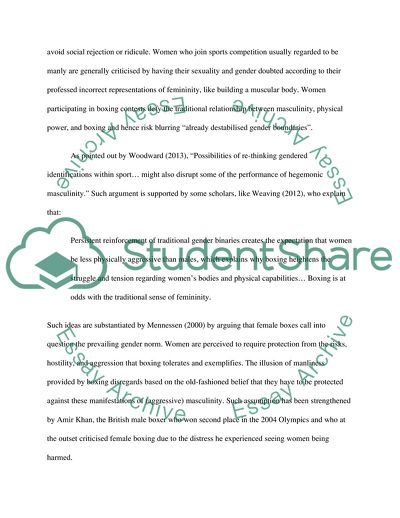Cite this document
(Re-Thinking Gendered Identifications within the Classroom Games and Sport Literature review Example | Topics and Well Written Essays - 1500 words, n.d.)
Re-Thinking Gendered Identifications within the Classroom Games and Sport Literature review Example | Topics and Well Written Essays - 1500 words. https://studentshare.org/gender-sexual-studies/1867153-pe-sport-sociology
Re-Thinking Gendered Identifications within the Classroom Games and Sport Literature review Example | Topics and Well Written Essays - 1500 words. https://studentshare.org/gender-sexual-studies/1867153-pe-sport-sociology
(Re-Thinking Gendered Identifications Within the Classroom Games and Sport Literature Review Example | Topics and Well Written Essays - 1500 Words)
Re-Thinking Gendered Identifications Within the Classroom Games and Sport Literature Review Example | Topics and Well Written Essays - 1500 Words. https://studentshare.org/gender-sexual-studies/1867153-pe-sport-sociology.
Re-Thinking Gendered Identifications Within the Classroom Games and Sport Literature Review Example | Topics and Well Written Essays - 1500 Words. https://studentshare.org/gender-sexual-studies/1867153-pe-sport-sociology.
“Re-Thinking Gendered Identifications Within the Classroom Games and Sport Literature Review Example | Topics and Well Written Essays - 1500 Words”. https://studentshare.org/gender-sexual-studies/1867153-pe-sport-sociology.


